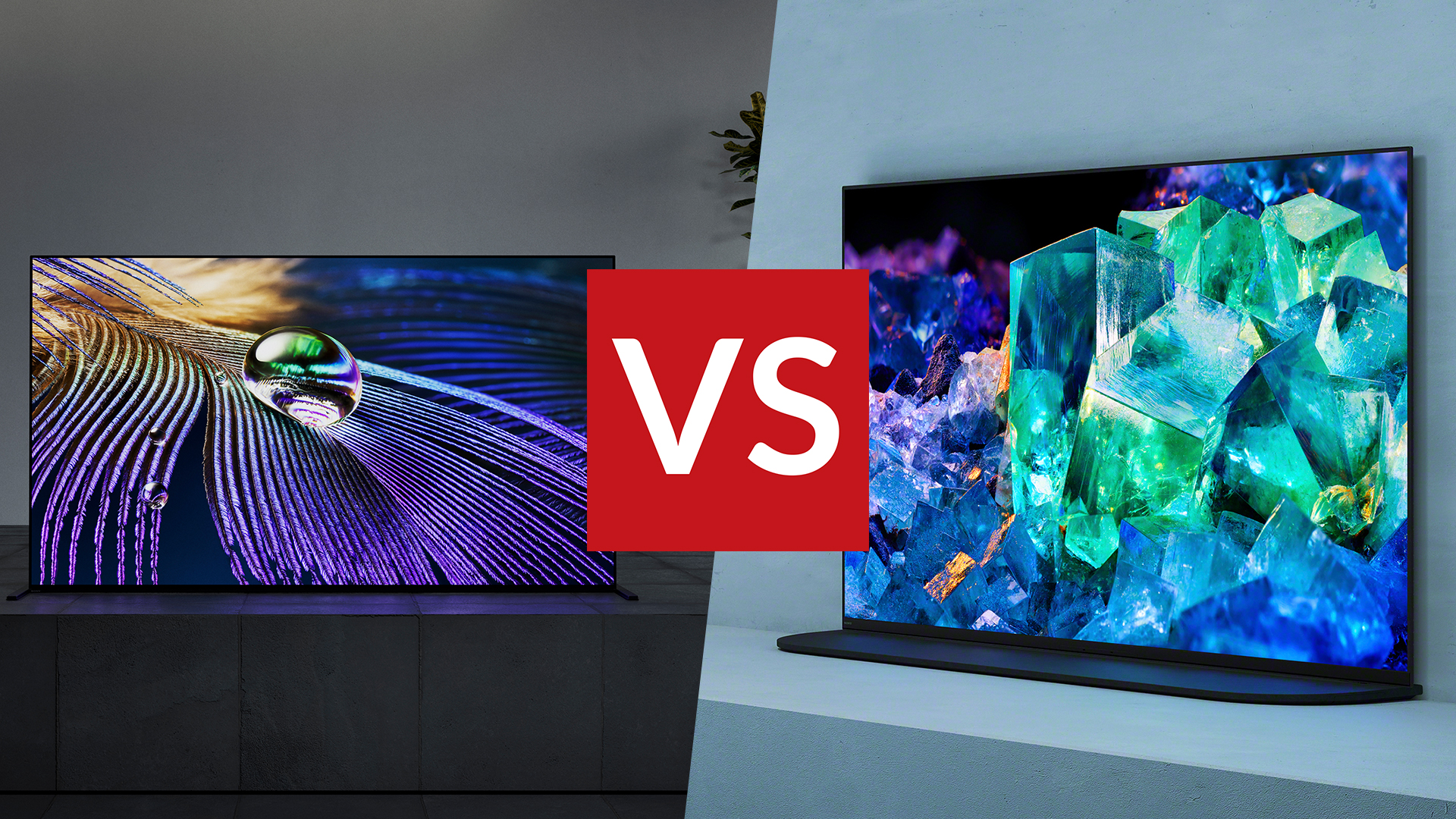

Sony struck gold in 2021 with its A90J range of premium OLED TVs. The combination of a new generation of high-brightness OLED screen and Sony’s new Cognitive XR processing gave us some of the most beautiful picture quality we’ve seen from any TV to date.
It was the best Sony TV to date, easily, and had a very strong claim to being the best OLED TV available that year.
Far from just consolidating this jump in quality for 2022, though, Sony looks set to deliver an even larger quality leap with its upcoming A95K range, which will replace the A90J as the top model in Sony's 4K TV line-up.
Like the A90J, the A95K is an OLED TV. Unlike the A90J, though, the A95K uses Quantum Dot technology to deliver its colours – a fact which has a potentially profound impact on their picture quality. The Sony A95K is the first ever QD-OLED TV, making it truly groundbreaking.
There are other changes besides the screen technology, so let's go through everything new in Sony's latest bid to make the best TV on the planet.
Sony A95K vs Sony A90J: Price and Models
The Sony A90J is available now in 55, 65 and 83-inch screen sizes, with respective official prices of £2,399/$2,299, £2,999/$3,299 and £5,299/$5,999.
The A95K will be available in 55 and 65-inch screen sizes only, but neither the exact release date nor price has been released so far.
Sign up to the T3 newsletter for smarter living straight to your inbox
Get all the latest news, reviews, deals and buying guides on gorgeous tech, home and active products from the T3 experts
There are rumours – emanating from a comment by the owner of US retailer Value Electronics – that the A95K might not arrive until quite late in 2022. The sets are already listed on Sony websites, though, alongside the words ‘coming soon’, so hopefully we won’t have to wait all that long for them to arrive.
Early rumours on price suggest that the A95K will be considerably more expensive than the A90J, but at the time of writing Sony has yet to say anything official.
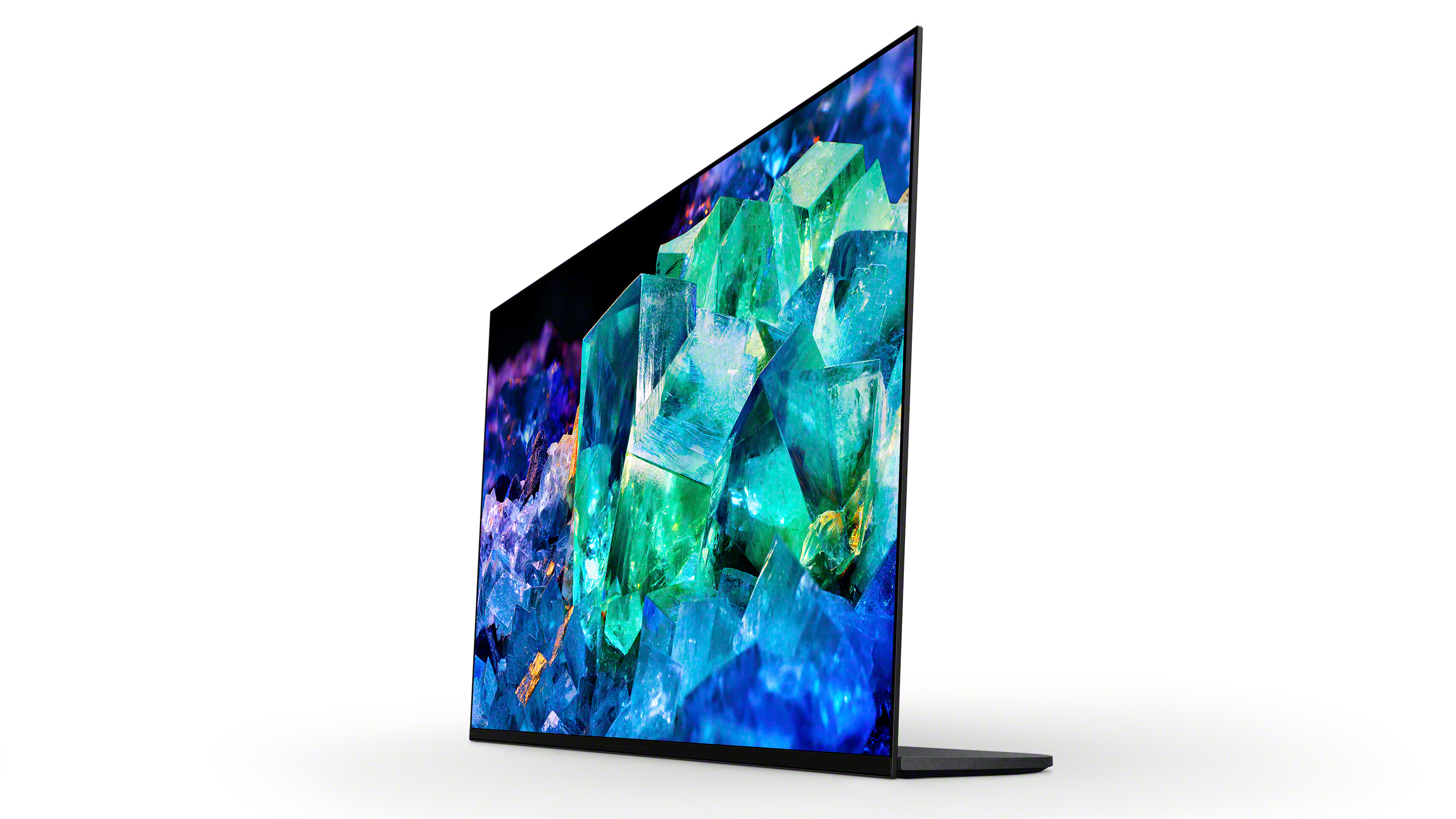
The Sony A95K features a whole new type of screen technology.
Sony A95K vs Sony A90J: Picture quality
The big story here is the switch in the A95K TVs from the traditional WRGB OLED colour system to 'New OLED', which is more commonly known as QD-OLED, or sometimes QD Display. This is a mixture of OLED technology and a Quantum Dot layer, the latter of which had previously been the exclusive domain of LCD TVs. Quantum Dots are most famously used in the best Samsung TVs for its QLED technology, but a variation of the technology is also used in the best LG TVs as well as from lots of other brands.
QD-OLED works by combining a blue light source and blue OLED transmissive layer with red and green Quantum Dot layers. This should, on paper at least, lead to more richly saturated colours and higher brightness levels. We don’t know yet exactly how much peak brightness the A95K might manage, but it should be substantially higher than the 790 nits or so the A90J manages in its Cinema mode.
The official figures for the screen tech suggest 1000 nits should be hit, with the possibility of going as high as 1,500 nits – but whether this will be true in the A95K depends on how Sony uses the panel.
Sony claims that not having to incorporate a white element as traditional OLED TVs do combines with a new Triluminos Max colour processor to deliver as much as 200% more colour brightness (AKA colour volume) than is possible with traditional WRGB OLED screens. This should make the the A95K ideally suited to the challenges presented by the latest high dynamic range and wide colour gamut images.
Perhaps the best way to sum up the A95K’s QD-OLED potential is to think of it as delivering all the contrast benefits associated with OLED’s pixel-level light control along with the brightness benefits of LCD. The TV world’s holy grail, basically.
Sony claims, too, that the A95K’s QD-OLED approach can support wider viewing angles than the A90J’s more traditional OLED system, due to the QD-OLED model not needing to pass its backlight through any diffusion-reducing colour filters.
The A95K additionally benefits from a few 2022 improvements to the Cognitive Processor XR that Sony debuted on its 2021 range (including the A90J). A new depth control element, for instance, applies a ‘depth map’ to the A95K’s pictures to place more emphasis on foreground objects, creating a look more in line with the way your eyes see the real world.
Also very promising for the A95K is a new colour algorithm that expands the screens’ ability to control/reproduce colour saturation alongside luminance, leading to bolder, more natural tones.
The A95K will join a number of other brands in 2022 by using its extra processing power to bolster its adaptive features, where the screens can automatically tweak their picture settings to compensate for different amounts of ambient light. For instance, the A95K will get new ambient modes for optimising pictures from both Netflix and Sony’s own Bravia Core streaming service.
The QD-OLEDs will also ship with a new magnetically attached Bravia Cam not available with the A90J that enables the TV to literally see how close you are to the screen and adjust the image’s brightness accordingly.
One final picture-related A95K difference with the A90J concerns gaming. Unlike the A90J, the A95K will feature full cutting-edge gaming support out of the box. In other words, you’ll get support for 4K 120Hz, variable refresh rates, automatic low latency mode switching and the PS5-exclusive Auto HDR Tone Mapping and Auto Genre Picture Mode features from launch, rather than having to wait for firmware updates.
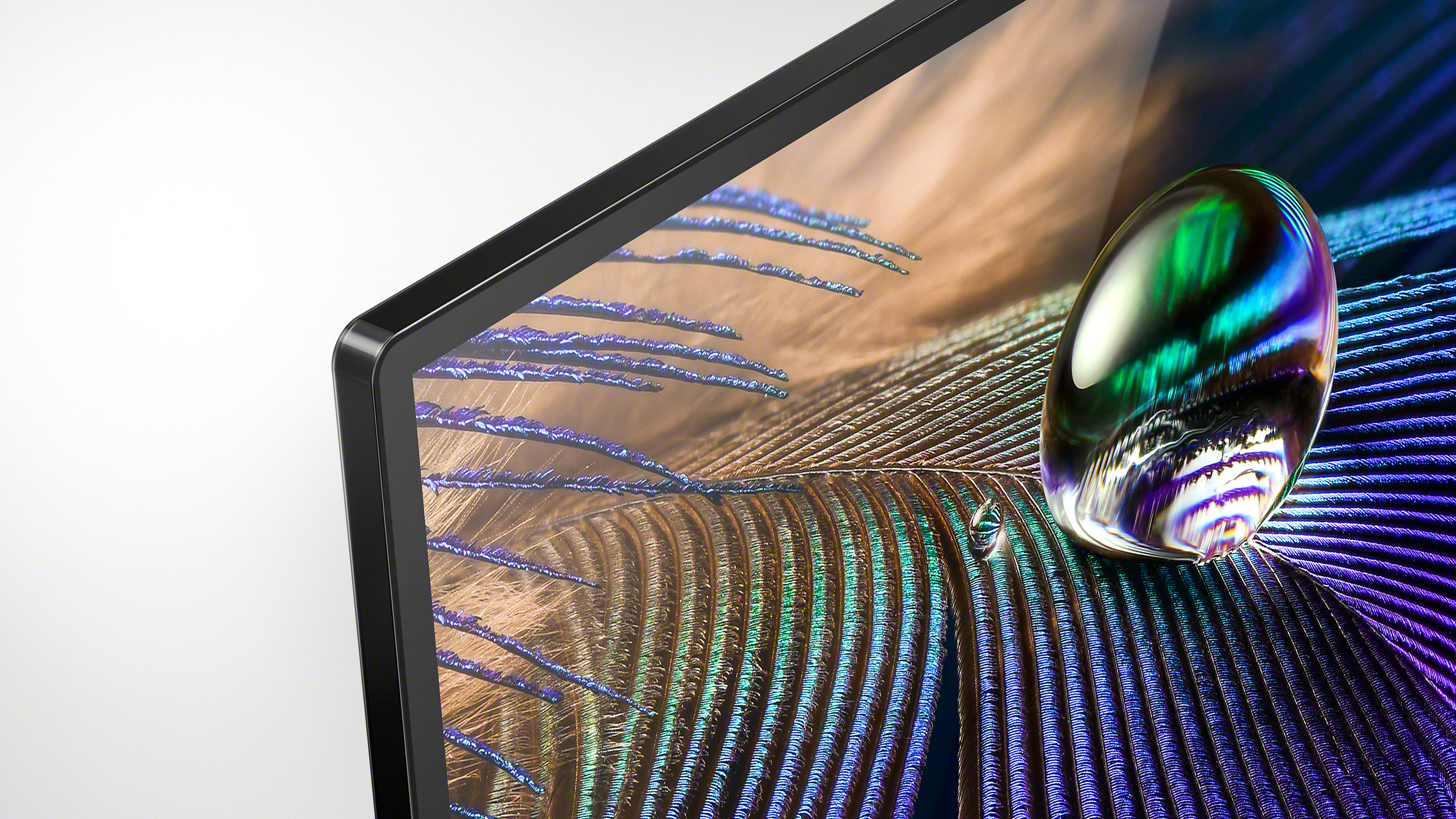
The Sony A90J (pictured) and A95K both feature speakers built into the display itself, projecting sound directly towards you.
Sony A95K vs A90J: Sound Quality
The A95K continues with the Acoustic Surface Audio technology found on the A90J. This essentially means that the A95K screens produce their sound as well as their pictures, thanks to actuators placed directly behind the screen.
Both the A90J and A95K get a premium ‘+’ version of Acoustic Surface Audio that combines two 20W actuators with twin 10W subwoofers. However, Sony has used larger coaxial actuators on the A95K, and recalibrated the actuators to obtain the optimal results from the A95K's unique QD-OLED panel structure.
More audio differences between the A95K and A90J come courtesy of the Bravia Cam. This enables the A95K to detect where you’re sitting in the room and either adjust the way vocals are presented based on how close you’re sitting to the screen, or adjust the sound’s left/right balance to compensate for off-axis seating positions.

The Sony A95K has a cool foot stand that can be fit facing forward or backwards, depending on your preference.
Sony A95K vs Sony A90J: Design and Features
While both the A95K and A90J sport similar ultra-thin, black-framed screens, there are differences when it comes to their desktop mounts. The A90J ships with two blade-style feet that can be fitted in three different ways: Under each corner so that the TV sits almost flush with your desktop; under each corner with the screen raised high enough to fit a soundbar underneath; and closer together towards the screen’s middle, for mounting on a narrow bit of furniture.
The A95K screens, on the other hand, can slot into either the front or back of a flat metal plate desktop mount, so that most of the plate either sticks out behind the screen, or protrudes forward from beneath the screen’s bottom edge.
Since both the A95K and A90J use the Google TV smart interface, the only remaining differences between the A95K and A90J ranges are that the A95K's Bravia Cam introduces new video calling and gesture control options not available on the A90J, and that the A95K gets a new more compact remote control with a stripped back button count and a more premium finish.
Sony A95K vs Sony A90J: Conclusion
We haven’t yet had the chance to witness what the A95K might be capable of in picture or audio quality terms. On paper, though, despite the A90J being one of the finest TVs around – and getting maximum marks in our full Sony A90J review – Sony’s upcoming QD-OLED set could still be a huge leap forward in image quality.
It's incredibly exciting. Here’s hoping, then, that the A95K not only lives up to the hype, but does so at a price we won’t need to win the lottery to afford.
John Archer has been testing TVs and AV gear for over 25 years, having worked on Home Cinema Choice magazine. He's a contributor to Forbes, TechRadar, Trusted Reviews, Wired and many more places – if you've owned a TV in the last couple of decades, John's probably reviewed it somewhere. He's seen so many hot new technologies come and go, like tears in the rain.
-
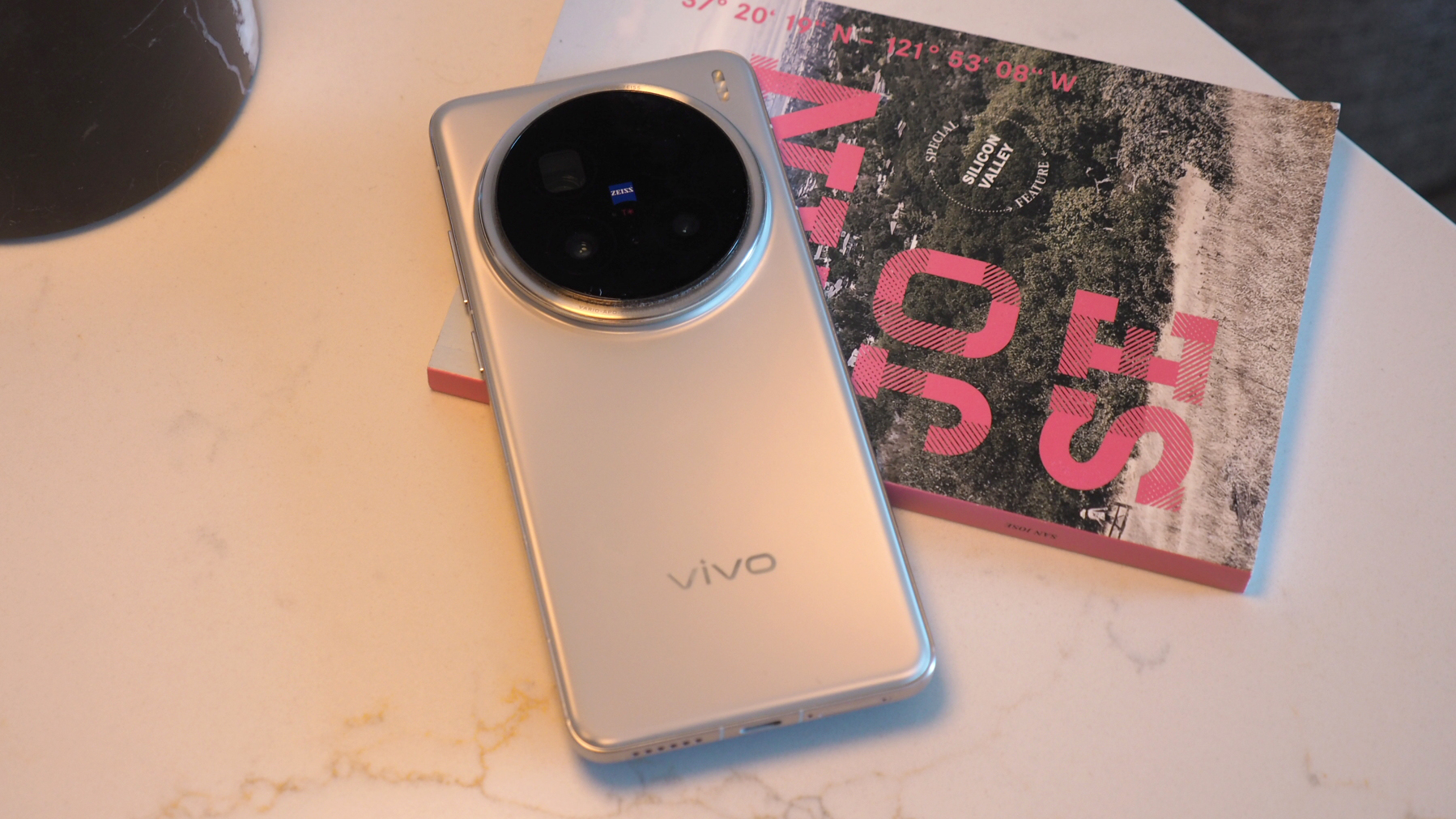 Android phones just got surprise prospective upgrade from MediaTek
Android phones just got surprise prospective upgrade from MediaTekDimensity 9400+ anyone? MediaTek's powerhouse chip just ranked up
By Mike Lowe Published
-
 This Disney Plus favourite had 100% on Rotten Tomatoes last season – here's when the new one is out
This Disney Plus favourite had 100% on Rotten Tomatoes last season – here's when the new one is outIt's an Emmy award-winning show
By Sam Cross Published
-
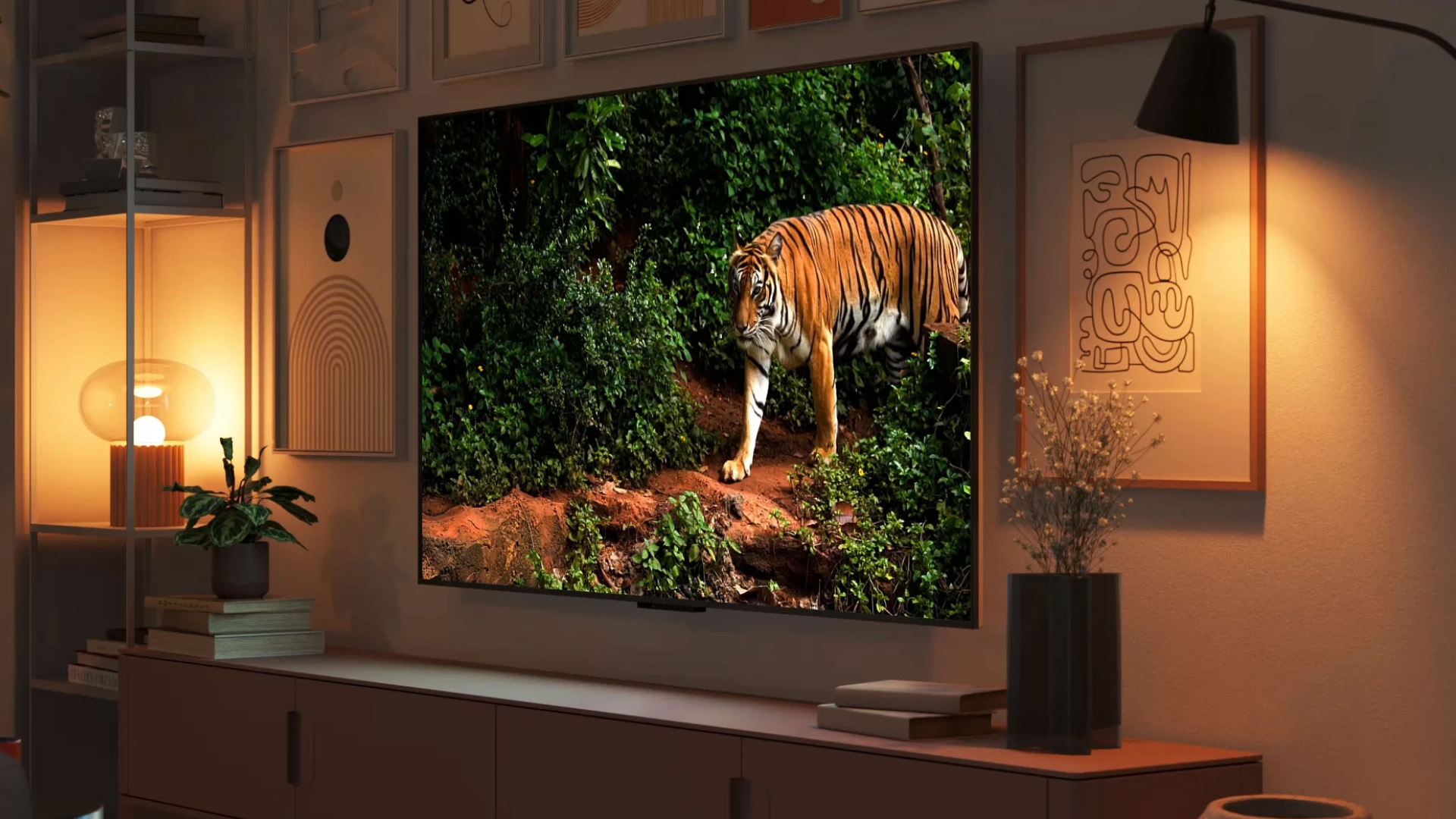 Amazon Fire TV Omni Mini-LED 4K TV review: a huge step up in performance
Amazon Fire TV Omni Mini-LED 4K TV review: a huge step up in performanceAmazon's second-gen Fire TV and first Mini-LED TV is a great option
By Steve May Published
-
 Early Black Friday deal sees price of massive 75-inch TV slashed
Early Black Friday deal sees price of massive 75-inch TV slashedYou'll even get a free copy of NBA 2k25
By Sam Cross Published
-
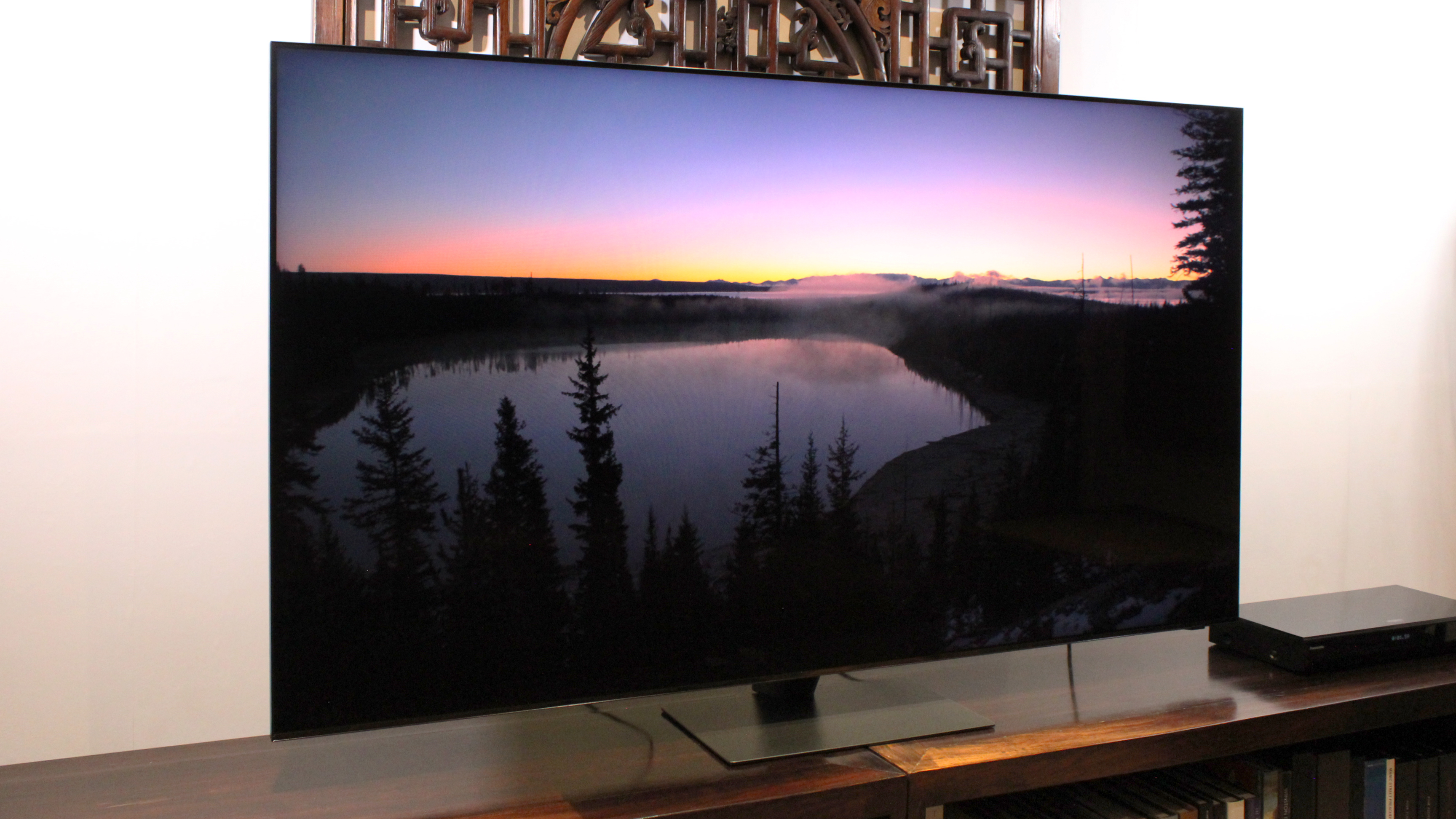 Your Samsung TV just got its biggest free upgrade yet
Your Samsung TV just got its biggest free upgrade yetOne UI is rolling out to the latest Samsung TVs now
By Britta O'Boyle Published
-
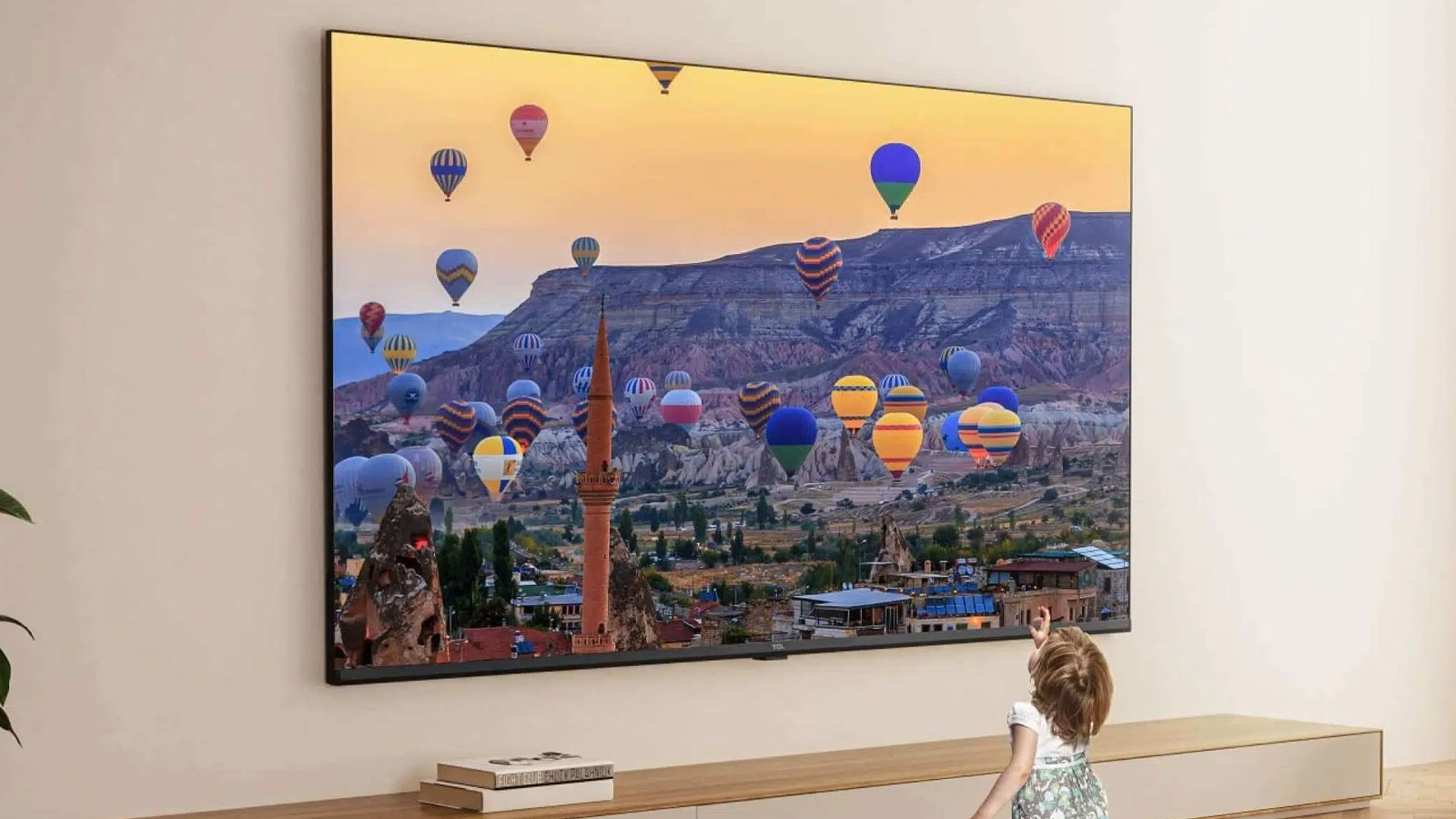 This ultra-bright mini-LED TV is the display of my dreams
This ultra-bright mini-LED TV is the display of my dreamsTCL's next flagship looks fantastic
By Andy Sansom Published
-
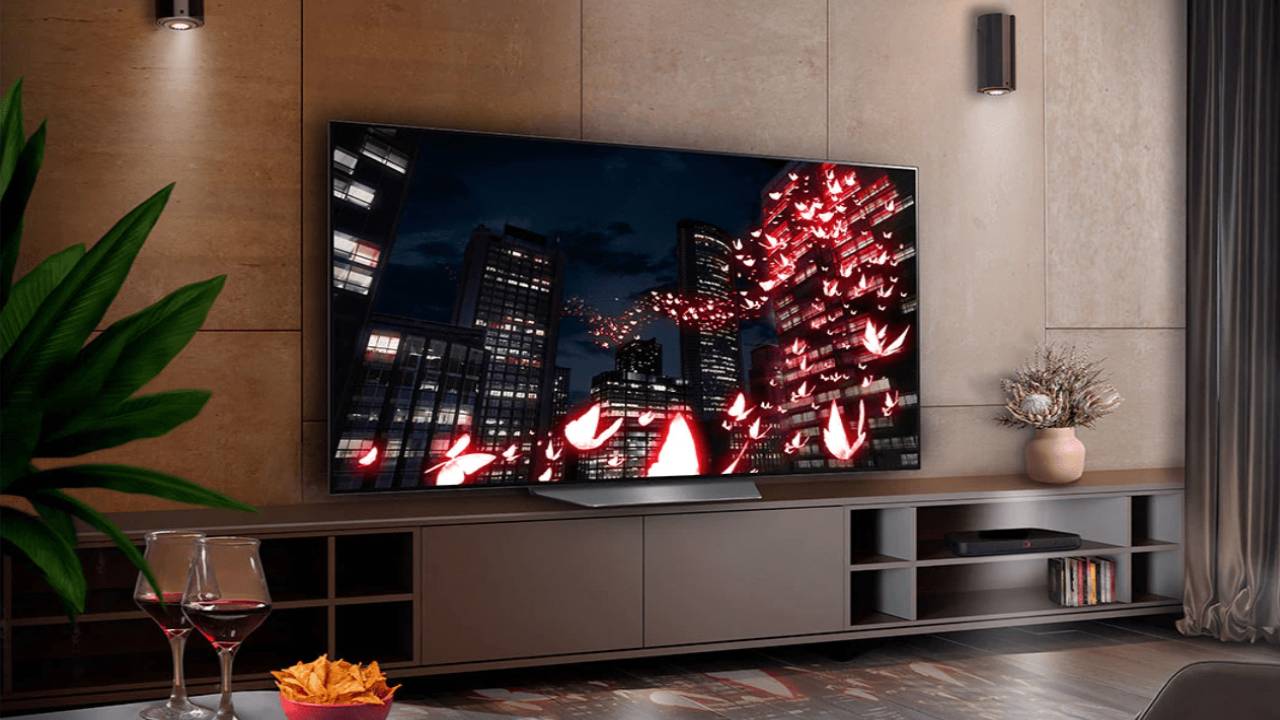 LG TV owners just got Apple TV+ for free
LG TV owners just got Apple TV+ for freeNo matter if you have an LG OLED TV or an LED model, you just got Apple TV+ for free
By Robert Jones Published
-
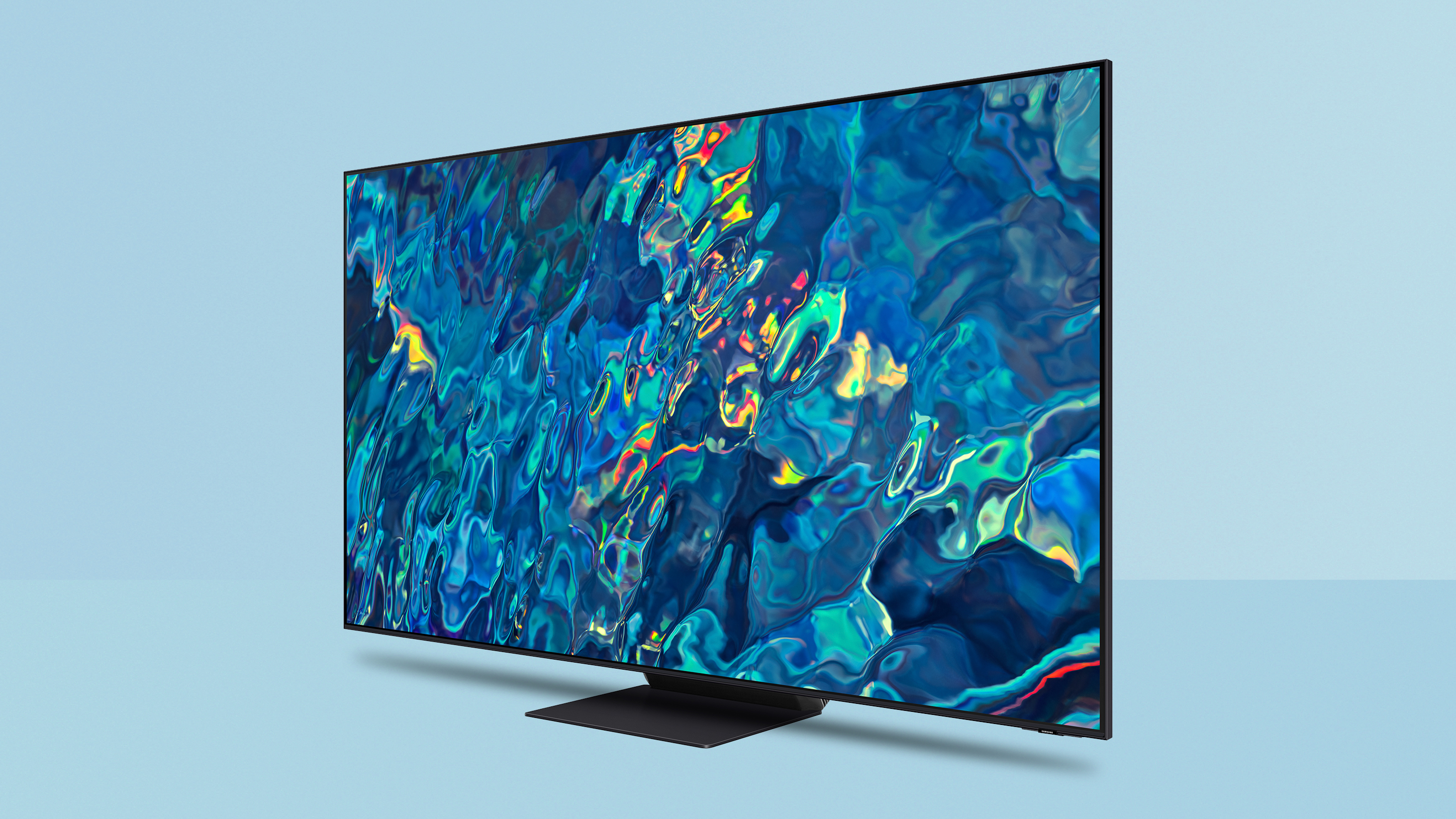 Samsung smart TV owners just got a welcome image upgrade
Samsung smart TV owners just got a welcome image upgradeHDR10+ comes to the Apple TV app on Samsung Smart TVs
By Carrie Marshall Published
-
 My LG C1 OLED TV makes The Darkness look incredible on Xbox Series X
My LG C1 OLED TV makes The Darkness look incredible on Xbox Series XThis classic first-person shooter is taken to a new level of awesome thanks to OLED TV tech
By Robert Jones Last updated
-
 TV deals in the Amazon Prime Early Access Sale from Samsung, LG and more
TV deals in the Amazon Prime Early Access Sale from Samsung, LG and moreBlack Friday deals have come early with these TV deals as part of Amazon's Prime Early Access Sale
By Mat Gallagher Last updated